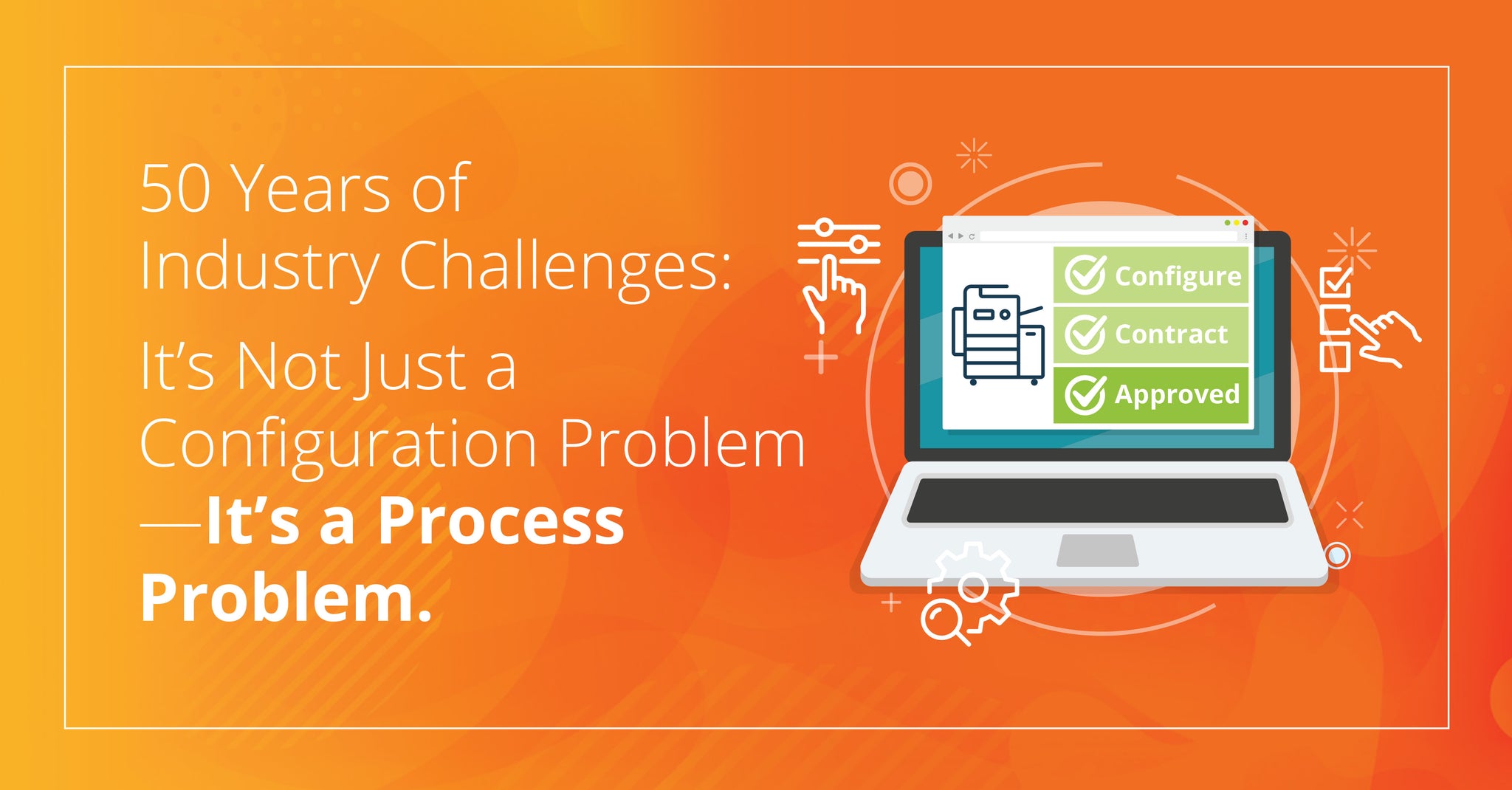
The problem with mission statements is that they tend to be too specific and can make it sound like you’re trying to save the universe. When I started PrintFleet, people would ask me what my company did.
“We’re saving the world, one printer at a time” I would tell them.
Sure, it was a flippant response, but my vision for the company was not so grandiose; we were one tool among many that businesses used to manage print.
Fast track to today, and I now see B2B technology resellers struggling to define why they matter to customers. At the same time, they need to matter to their employees. Why do they wake up in the morning and promote your company to customers? Do they believe in what they’re doing? What is it exactly that you are doing?
The problem with having a narrow focus in our industry is that technology changes. If you’re only relevant in one part of it, that part will eventually become less important. Office printing is a great example.
Office printing is no longer important enough to motivate customers and employees. You need a new mission statement.
Many technology providers understand this, and have replaced printers with “documents”. Problem solved right? Not so fast. Switching your mission statement from a focus on printers to documents does nothing to solve your problem. It’s still just as narrow a focus as printers were. And in the end, you’re setting yourself and your employees up for failure.
Why would customers need document management when they can use digital document tools like Microsoft or Google? It’s simple enough for customers to find the documents they need on their own. Google’s document system is a perfect example of this.
Google is the most robust search engine on the planet. If I, or any one employee is looking for a document, it is instantly searchable, right down to the term embedded within an attachment to an email.
Switching your company’s mission statement over to document management isn’t enough. You need to have a mission statement that gives your company more room to breathe, not one that boxes you into only one category. So, what can you do about it?
This is a gatekeeping question that your salespeople will be asked, and one that customers and prospects need answered. Customers view the world in terms of problems, and they need solutions. Your mission statement matters.
Here’s a thought experiment: Which of the following statements is most likely to “open the door” to prospects and customers?
- We manage your office printing.
- We help customers prevent expensive mistakes by bettering their technology infrastructure.
One of these responses pigeonholes businesses into a specific IT pillar. The other will make the customer think. Most importantly, they’ll be wondering: how do you do that?

Telling customers and prospects that you can help them prevent expensive technology mistakes is an open door for your team. Think about companies like CDW and Amazon as examples of “the problem” that your mission statement will be fixing.
The distinction between your company and CDW and Amazon is that they require customers to make the right decisions. But how will customers know what the right decisions are? Who vets these decisions? That would be where your sales team comes in, backed by a mission statement that promises to help customers prevent expensive technology mistakes.
With the right mission statement, you're helping customers avoid:
- Buying software subscriptions because of a 10% discount, but not buying the right software.
-
Buying a laptop because of a discount, but again…not buying the right laptop.
- Getting a deal on a new printer without realizing that reducing the processes that require paper output is more important.
- Subscribing to a blanket security solution without knowing their current vulnerabilities.
Now let's talk digital.
Beyond the sales team, is your digital messaging confusing customers and prospects?
Your salespeople are an important messaging tool for your company, but you also need consistency throughout. This is where your digital marketing and website come into the mix. Customers and prospects will follow up their conversations with your team by visiting your website. Now it’s important to question what they find there. Is your content consistent with your message? Does your website prove to others that you can advise them on technology? If it doesn't, you need to make that a priority. Your website is your hub and should be treated as such. Make sure to give it the TLC it needs! Digital marketing is ever-evolving, after all!
OK, so maybe I don’t hate mission statements. It’s more of a reaction that most companies have “save the world” type mission statements. Or the mission statements that are so narrow they strangle the company. Or worse, the companies that have clearly strayed from their stated purpose. Call me old fashioned, but before you change out a software, hire a new employee, or add a product line, you need to answer the question: what is it that we do?
Having trouble coming up with a mission statement of your own? Reach out today. We’d love to chat strategy!


